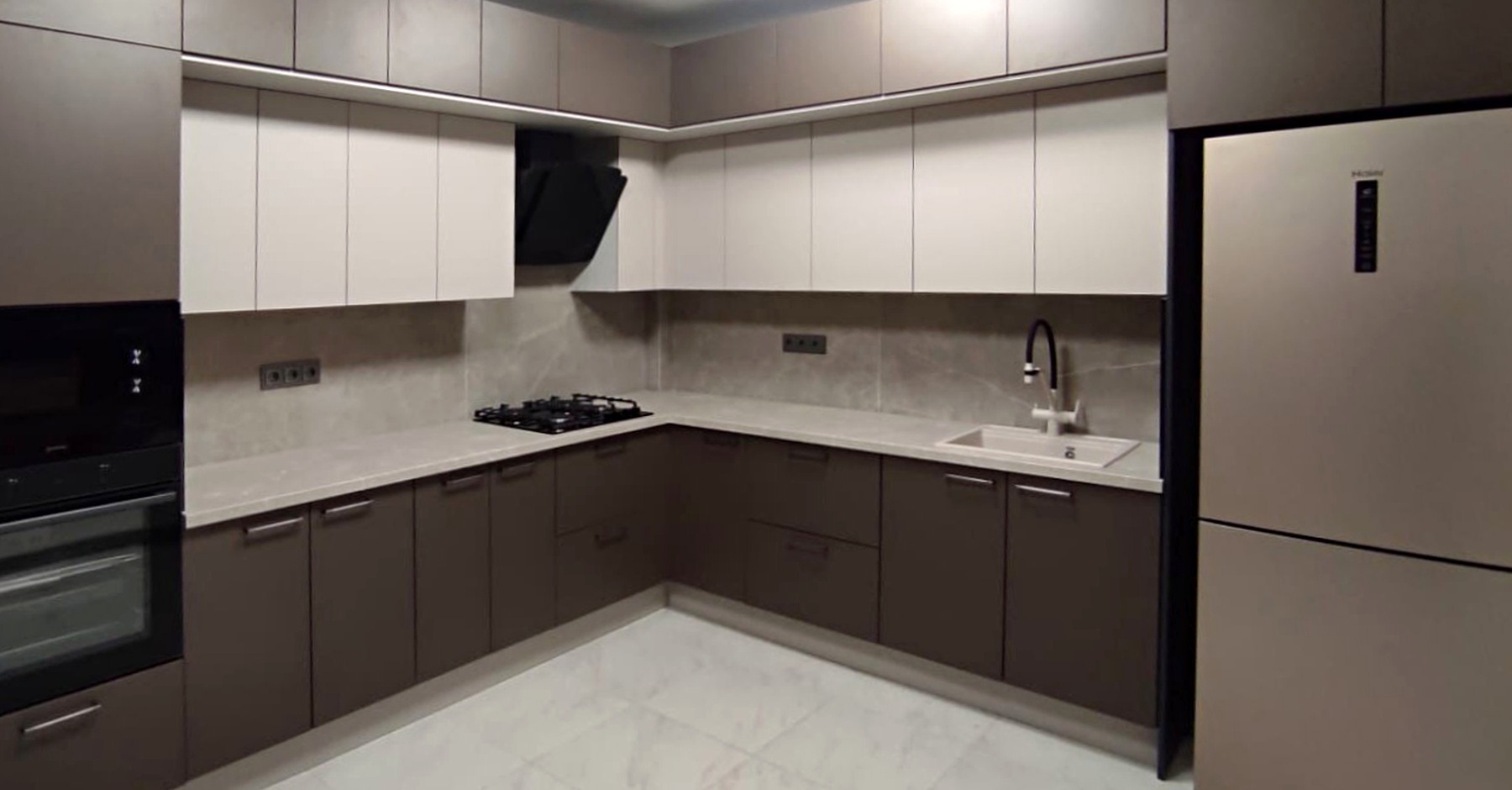
Culinary Spaces Redefined: Embracing the Fusion of Form and Function in Modern Kitchens
The Evolution of the Kitchen
The kitchen has long been the heart of the home, a place where both culinary magic and familial interactions occur. Historically, kitchens served a purely functional purpose, but the contemporary era heralds a transformation. Modern culinary spaces now embody a blend of functionality, technology, and aesthetics, redefining what it means to be a kitchen in the 21st century. Innovations in design and technology have pushed the boundaries, creating kitchens that are as beautiful as they are practical.
The Rise of Smart Kitchens
One of the most significant advancements in kitchen design is the integration of smart technology. State-of-the-art appliances that can be controlled via smartphone or voice commands are no longer the stuff of science fiction. Refrigerators can now keep track of expiration dates, ovens can be preheated remotely, and coffee machines can prepare your morning brew before you even step out of bed. The smart kitchen not only streamlines meal preparation but also enhances time management and energy efficiency, all while offering the ultimate convenience.
Maximizing Space with Multipurpose Features
In the redefined culinary space, every square inch is optimized. Islands double as dining tables, storage solutions are ingeniously integrated into sleek cabinetry, and pull-out counters provide additional work surfaces when needed. The multipurpose nature of these features allows for a culinary space that adapts to the user's needs, whether it's meal prep, entertaining, or casual dining. These dynamic spaces are designed to accommodate our multitasking lifestyles, making the kitchen the ultimate multifunctional hub of the home.
Material Matters: A Shift to Sustainability
Materials are at the forefront of the redefined culinary space. There is a growing emphasis on using sustainable, durable, and non-toxic materials that not only ensure a healthier environment but also add to the visual and tactile experience of the kitchen. From bamboo and reclaimed wood to recycled glass and composite countertops, the materials used in modern kitchens are chosen for their sustainability, durability, and beauty, contributing to a space that is both eco-friendly and visually appealing.
Aesthetics Fused with Amenities
Modern kitchens are not just about sharp aesthetics; they are also about an enhanced culinary experience. Designers are integrating amenities like built-in cutting boards, pot fillers, hot water taps, and even indoor herb gardens into the kitchen layout. These additions are tailored to those who take joy in cooking, providing both the professional amenities that inspire culinary exploration and the elegant design that defines modern aesthetics.
Conclusion: The Future of Culinary Spaces
The redefined culinary space is a testament to the evolution of design sensibilities and technological advancements. It marks a departure from the kitchens of old, embracing a future where the space is as adaptable, intelligent, and sustainable as the lifestyles of those who use it. As our homes become increasingly connected and our environmental consciousness grows, the culinary spaces of tomorrow promise to be even more innovative, further blurring the lines between form and function while maintaining the kitchen’s place as the central gathering point of the home.